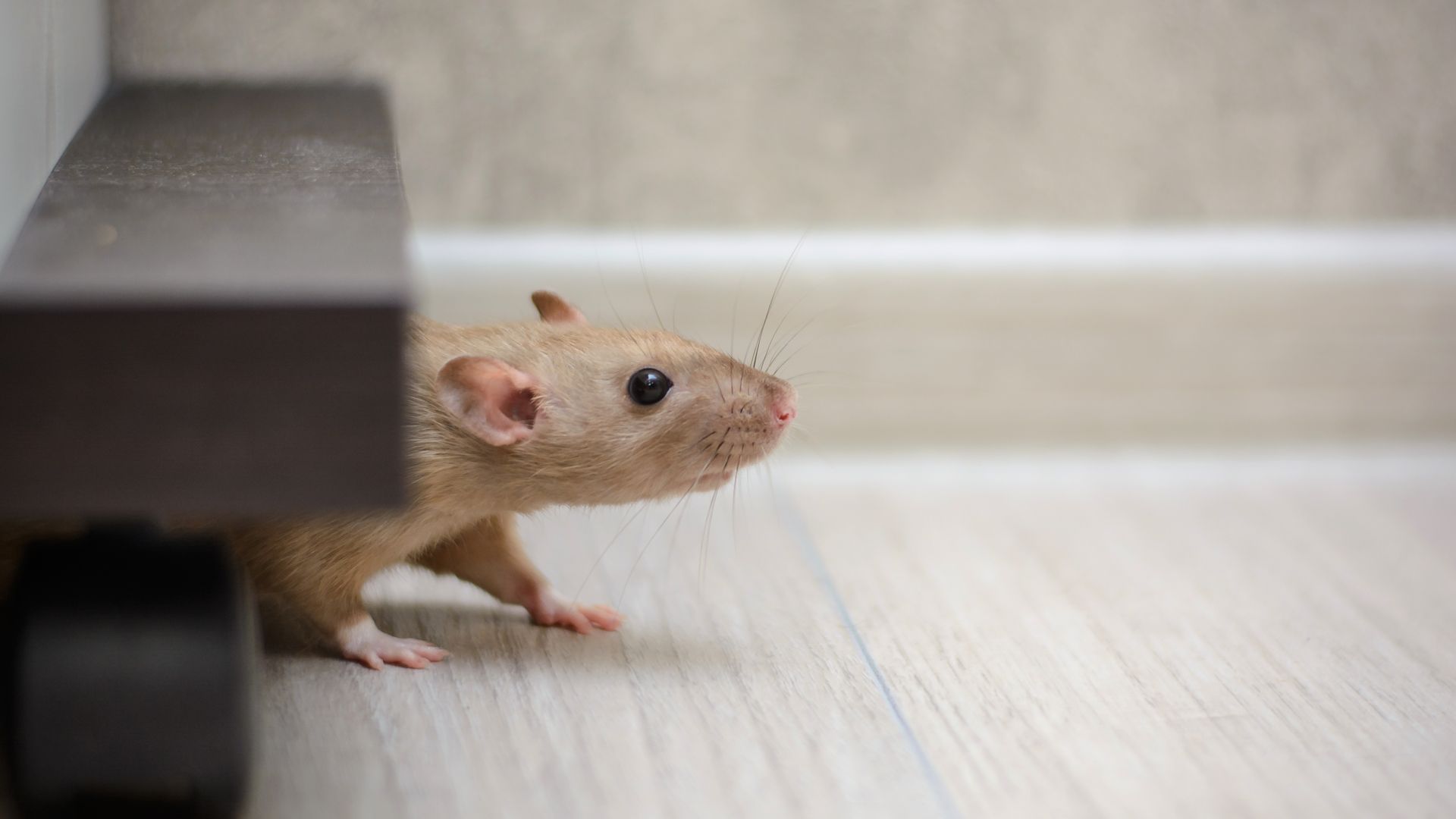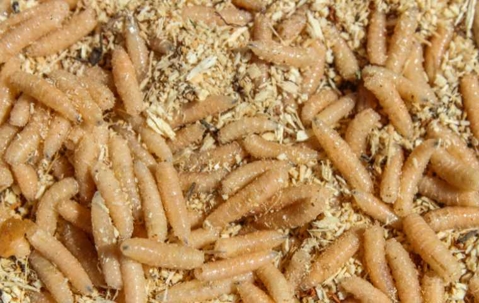What Are Maggots?
Maggots are the larval stage of flies, specifically belonging to the order Diptera. Flies undergo a life cycle with four stages: egg, larva (maggot), pupa, and adult. Maggots typically hatch from eggs laid by adult flies on decomposing organic matter, such as food waste, animal carcasses, or other decaying materials.
These legless, soft-bodied larvae play a crucial role in nature by aiding in the decomposition of organic matter. They feed on the decaying material, breaking it down into simpler substances. Maggots are often associated with unhygienic conditions and can be a concern in situations where proper waste disposal measures are not in place.
While maggots are often beneficial in natural processes, they can also be considered pests when they infest areas where their presence is unwanted, such as in food or living spaces. Proper sanitation and waste management practices are essential to prevent maggot infestations in undesirable locations.
What Do Maggots Look Like?
Maggots have a distinctive appearance that is characteristic of their larval stage. Here are some key features of maggots:
- Size and Shape: Maggots are typically small, elongated, and cylindrical in shape. The size can vary depending on the species of fly, but they are generally a few millimeters to a few centimeters long.
- Color: Maggots often have a creamy-white or off-white color, although some species may exhibit variations in color. Their coloration helps them blend in with the decaying material they feed on.
- Segmentation: Maggots are segmented and have a somewhat translucent body, allowing you to see their internal structures. They lack legs, which distinguishes them from other insect larvae.
- Head: At one end of the maggot's body, there is a distinct head region. The head may have small mouthparts used for feeding on decomposing matter.
- Movement: Maggots move by contracting and expanding their bodies, giving them a characteristic wriggling motion. This movement is essential for their feeding and exploration of their surroundings.
The appearance of maggots can vary depending on the species of fly and the specific conditions in which they develop. In general, however, these features are common to many types of fly larvae.
Where Are Maggots Found?
Maggots are commonly found in environments where organic matter is decomposing. Here are some places where you might encounter maggots:
- Trash Bins: Maggots can infest garbage bins and dumpsters where food waste or organic material is disposed of. Proper waste management and regular cleaning can help prevent infestations.
- Compost Bins: If your compost bin contains kitchen scraps or other organic waste, it may attract flies that lay eggs, leading to the presence of maggots. Turning and aerating the compost can help prevent this.
- Decaying Animal Carcasses: Maggots play a crucial role in the decomposition of animal carcasses. If there is a dead animal in the vicinity, you may find maggots feeding on it.
- Rotting Food: Leftover food or spoiled perishables can attract flies, which lay eggs that hatch into maggots. Maggots may be present in rotting fruits, vegetables, or other food items.
- Pet Waste: Pet feces, if not promptly cleaned up, can attract flies and provide a suitable environment for maggot development.
- Manure Piles: Maggots may be found in piles of manure from animals. Proper disposal or management of manure can help control maggot infestations.
- Infested Wounds or Sores: In certain medical conditions, wounds or sores on animals or humans may become infested with maggots. This condition is known as myiasis and requires medical attention.
It's essential to practice good hygiene, proper waste disposal, and regular cleaning to reduce the likelihood of encountering maggots in unwanted places. If you discover maggots in your living space or areas where they pose a concern, taking prompt action to eliminate the source and practicing preventive measures can help control the infestation.
What Do Maggots Eat?
Maggots are scavengers that feed on decomposing organic matter. Their diet consists primarily of materials rich in proteins and nutrients. Here are common types of organic matter that maggots typically consume:
- Decaying Plant Material: Maggots are often found in compost heaps where they feed on decomposing plant material, such as kitchen scraps, fruit and vegetable peels, and garden waste.
- Rotting Food: Maggots are attracted to and feed on rotting food, including leftovers and spoiled perishables. They can infest discarded food in trash bins or areas with inadequate waste management.
- Animal Carcasses: Maggots play a crucial role in the decomposition of animal carcasses. They feed on the flesh and tissues of dead animals.
- Manure: Maggots can be found in piles of animal manure, where they break down the organic matter present. This is particularly common in farm settings.
- Pet Waste: If pet feces are not promptly cleaned up, flies may lay eggs on the waste, and maggots can develop in this environment.
- Infected Wounds or Sores: In cases of myiasis, maggots can feed on living tissue in wounds or sores on animals or humans. This is a parasitic condition that requires medical attention.
Maggots are beneficial in natural ecosystems as they contribute to the decomposition process. However, in certain environments, their presence may be undesirable, such as in living spaces or areas with poor hygiene. Practicing proper waste disposal, maintaining cleanliness, and promptly addressing the sources of decaying organic matter can help prevent maggot infestations in unwanted areas.
Are Maggots Harmful?
While maggots play a vital role in natural processes like decomposition, they can be considered harmful in certain contexts and situations. Here are some ways in which maggots may be considered harmful:
- Food Contamination: Maggots can infest food items, especially those left exposed or not properly stored. Their presence can contaminate the food and make it unsuitable for consumption. This poses a risk to human health if contaminated food is consumed.
- Unhygienic Conditions: The presence of maggots in living spaces, trash bins, or other areas can be indicative of unsanitary conditions. This may lead to unpleasant living environments and contribute to the spread of disease.
- Damage to Crops: Some types of maggots, such as certain crop pests, can harm agricultural crops by feeding on plant tissues. This can result in reduced crop yields and economic losses for farmers.
- Medical Concerns: In cases of myiasis, where maggots infest living tissue in wounds or sores, they can cause health issues. Infestations in humans or animals may require medical attention to prevent further complications.
- Pest Infestations: Maggots can attract and/or lead to other pests, such as flies, if not promptly addressed. This can lead to an increase in the overall pest population, exacerbating the problem.
- Nuisance in Homes: Discovering maggots in the home can be distressing and may require thorough cleaning and pest control measures. They can be particularly problematic if they infest areas where people live and prepare food.
- Livestock and Pet Concerns: Maggot infestations in livestock or pets can cause discomfort, skin irritation, and potential health issues. Flystrike, a condition where maggots infest the fur or feathers of animals, can lead to serious health problems if not treated promptly.
To mitigate the harmful effects of maggots, it is essential to practice good hygiene, proper waste disposal, and pest control measures. Regular cleaning, securing food sources, and addressing potential breeding grounds for flies can help prevent maggot infestations in areas where their presence is undesirable.

